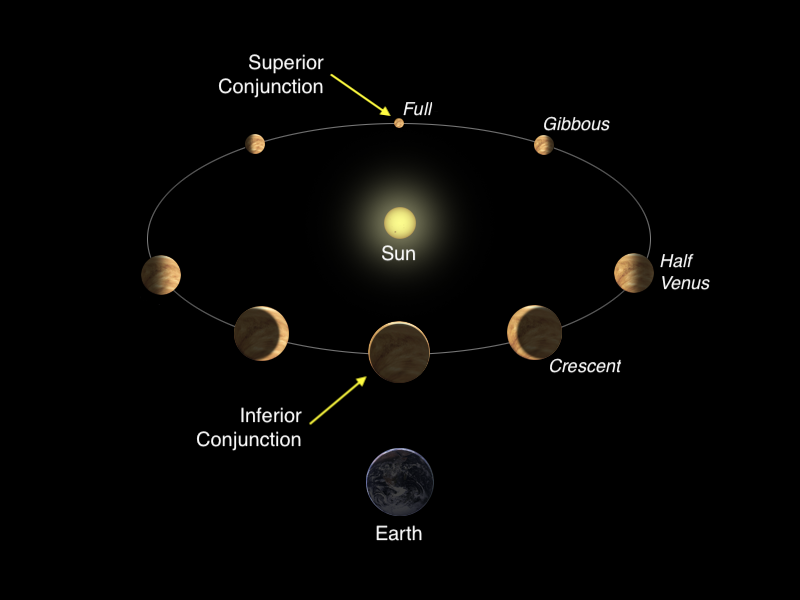Earthsky
4w
404

Image Credit: Earthsky
Inferior conjunction of planet Venus on March 22-23, 2025
- Venus reaches an inferior conjunction on March 22-23, 2025, passing between Earth and the sun.
- Venus gains a lap on Earth every 19.5 months and moves faster in orbit due to its smaller orbit size.
- During inferior conjunction, Venus crosses the sky with the sun, making it difficult to observe without proper equipment.
- Venus officially shifts from the evening to the morning sky at the moment of inferior conjunction in 2025.
- Transits of Venus are rare, with the next ones predicted for December 10-11, 2117, and December 8, 2125.
- Venus will be visible low in the east before sunrise from around March 20, 2025, becoming a bright morning 'star' by April.
- The 1.6-year synodic period of Venus creates an 8-year cycle of inferior conjunctions that resemble each other on an 8-year cycle.
- Experienced observers may spot Venus near inferior conjunction through a telescope, observing its thin crescent shape.
- Keep in mind the safety precautions of observing Venus near the sun and wait until sunset or sunrise to avoid glare.
- Venus emerges in the morning sky after the 2025 inferior conjunction, transitioning from the evening sky.
Read Full Article
24 Likes
For uninterrupted reading, download the app